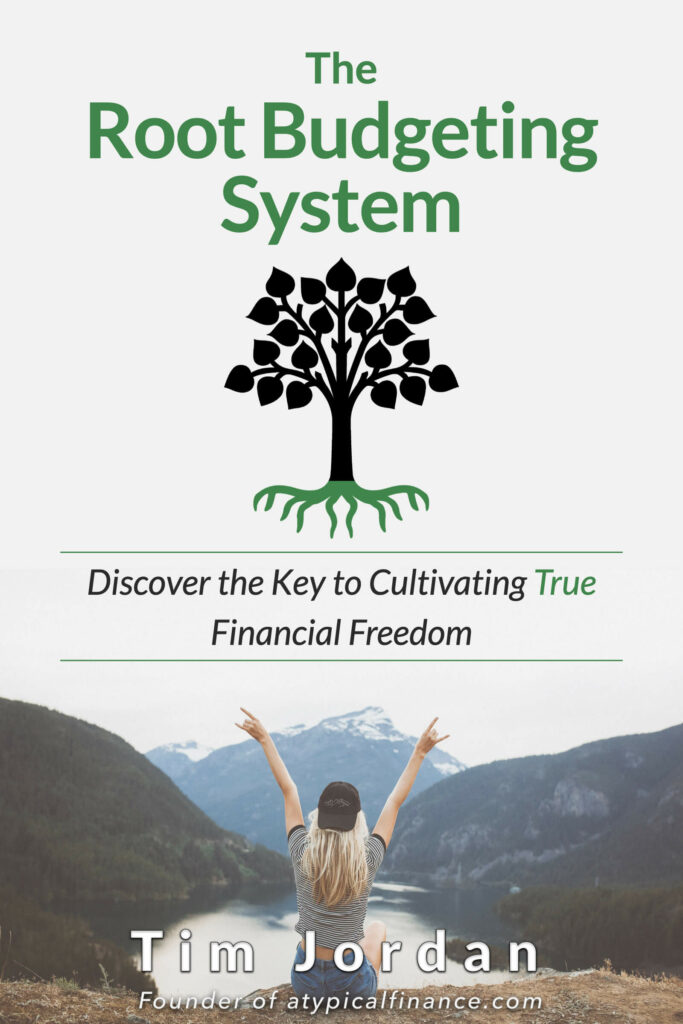This post is part of an experiment I’m doing called “Short Thoughts.” Short Thoughts would be in addition to my normal, more practical posts, and I’d love your feedback on it. Let me know what you think of this format by hitting me up on social media!
The idea of a rear-view mirror in vehicles is just about as old as the idea of a car itself.
The rear-view mirror allows drivers to see what is behind them without making them completely turn around and take their eyes off the road. This is the safest way to look behind you while moving forward.
Now, what does that have to do with finance?
Well, some people tend to live in the past when it comes to financial mistakes so much so that they can’t act on how to move forward, or it keeps them stuck in the financial rut they are in. It can affect their mood, their current spending, even their relationships if this occurs.
So let’s look at the rear-view mirror from a financial standpoint and see what we notice.
They are Small
Rear-view mirrors in vehicles are nowhere near the size of the front or back windshield. In fact, they are only a fraction of the size.
They let you see behind you but it won’t give you as large a field of view as if you were to turn around and look. Some may see that as a bad thing, but in your financial rear-view mirror, where you’ve been is your past.
It’s important to use a financial rear-view mirror for a couple of different reasons.
First, because they are a fraction of the size, they will not show you the whole picture but they will show you where you’ve been.
Looking in your financial rear-view mirror, as opposed to turning around, will allow you to not focus on how bad things were, and instead focus on how far you’ve come. Focusing on how far you’ve come will motivate you to keep moving.
You can say to yourself, “Wow, look how far I’ve come already. Let’s keep going!”
Second, their size allows you to glance at your past when you need to learn from mistakes and still focus on the road ahead. They will not be blocking your view of where you want to go (i.e., forward)!
They are Positioned in Front of You
As mentioned, rear-view mirrors allow you to look behind you without having to turn your head around and take your eyes completely off the road in front of you.
The only way to use a rear-view mirror properly while moving forward is to not turn around and relive your past mistakes.
Otherwise, if you are continuing to turn around and focus on your past, you may be tempted to go back and do the same things you did before.
By using your financial rear-view mirror to look back while keeping your eyes forward on your goal, you can make sure you aren’t making those same mistakes as you continue on your path.
They Need to be Looked At Regularly
If you remember from Driver’s Education way back in high school, the instructors always teach that you need to be looking at your rear-view mirror often so you always know what situation you are in on the road.
The financial rear-view mirror is no different.
Looking at your rear-view mirror regularly would be akin to something like looking at your budget from last year. Remember, to keep your eyes forward you would need to look at your budget with the goal of doing something different this year rather than focusing on what your mistakes were.
This is a great thing to do.
Sometimes I do this by month just to make sure I’ve been on track with budgets. For instance, if I look at last month’s budget I can say, “Hey, I forgot to plan for the gift we gave last month and we went over our budget. I’m going to make sure we do things differently this month.”
Looking at your past to catch and change mistakes instead of feeling sorry for yourself is the important thing to remember. Doing it regularly will help you catch more mistakes and teach you to be looking at your finances from a “rear-view mirror perspective” rather than a “living in your past” perspective.
Closing
The first rear-view mirrors were first introduced in 1908. It allowed motorists to see the road behind while keeping their eyes on the road ahead.
At the same time, using a financial rear-view mirror to remind yourself how far you’ve come instead of dwelling on your mistakes will do wonders for your mindset. And we all know how much mindset affects not only our financial life but everything we do.


















